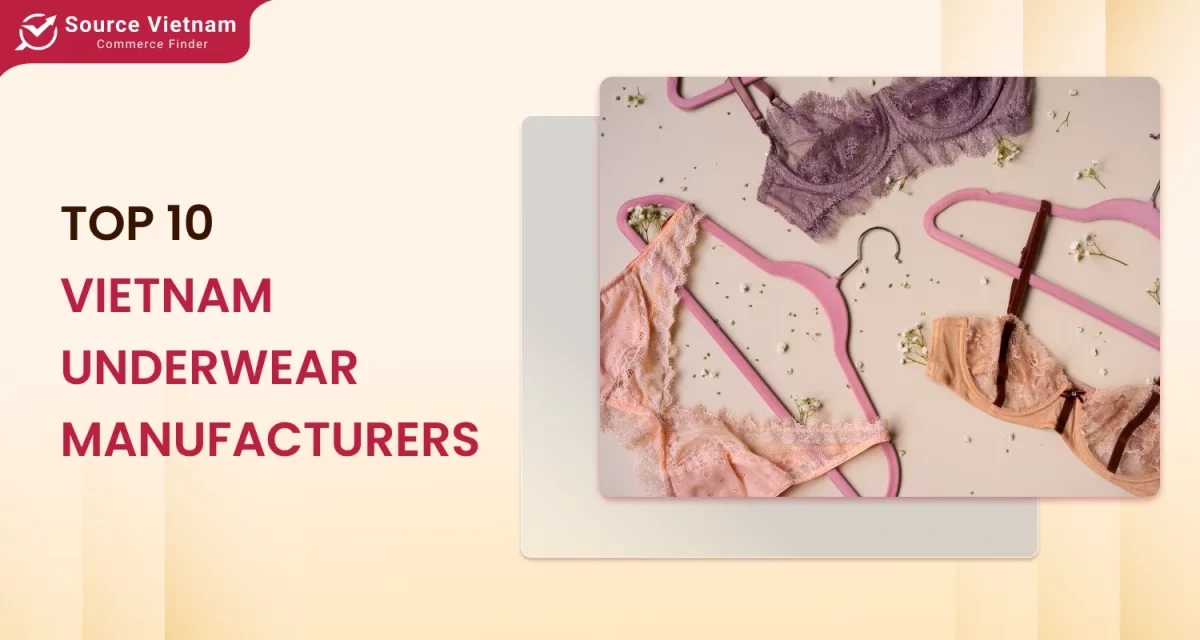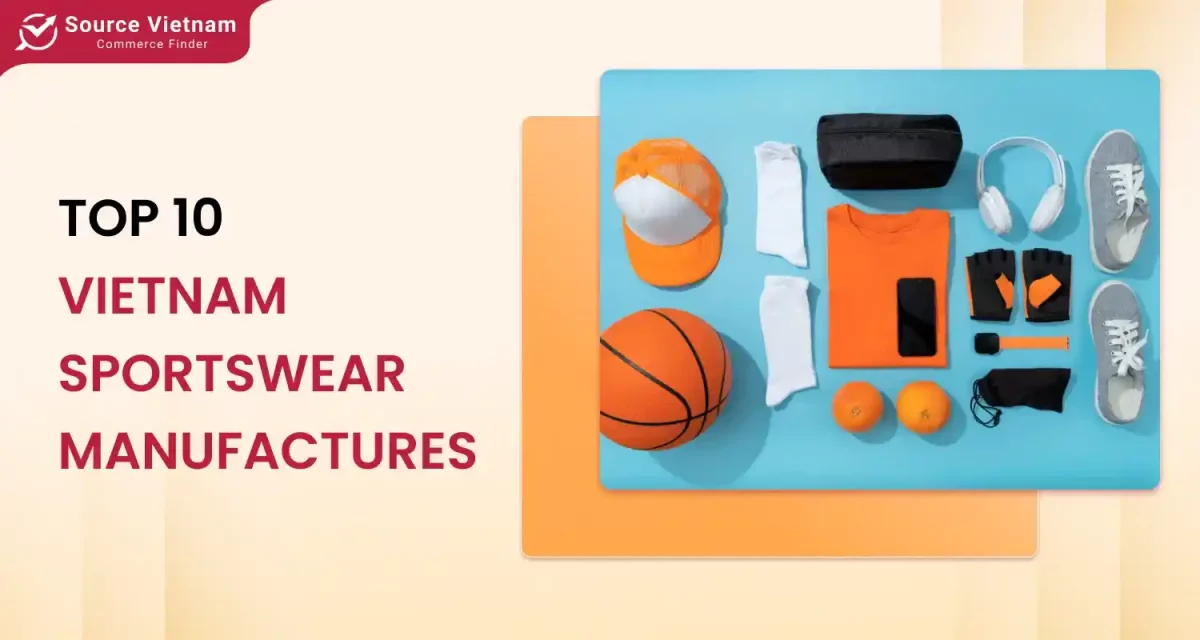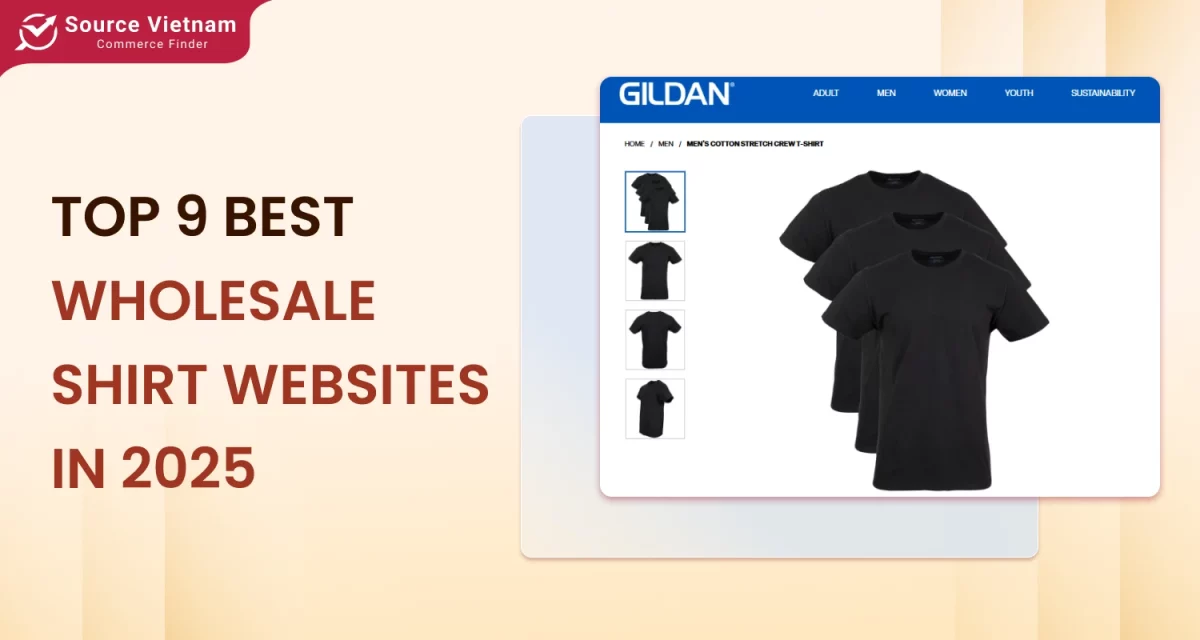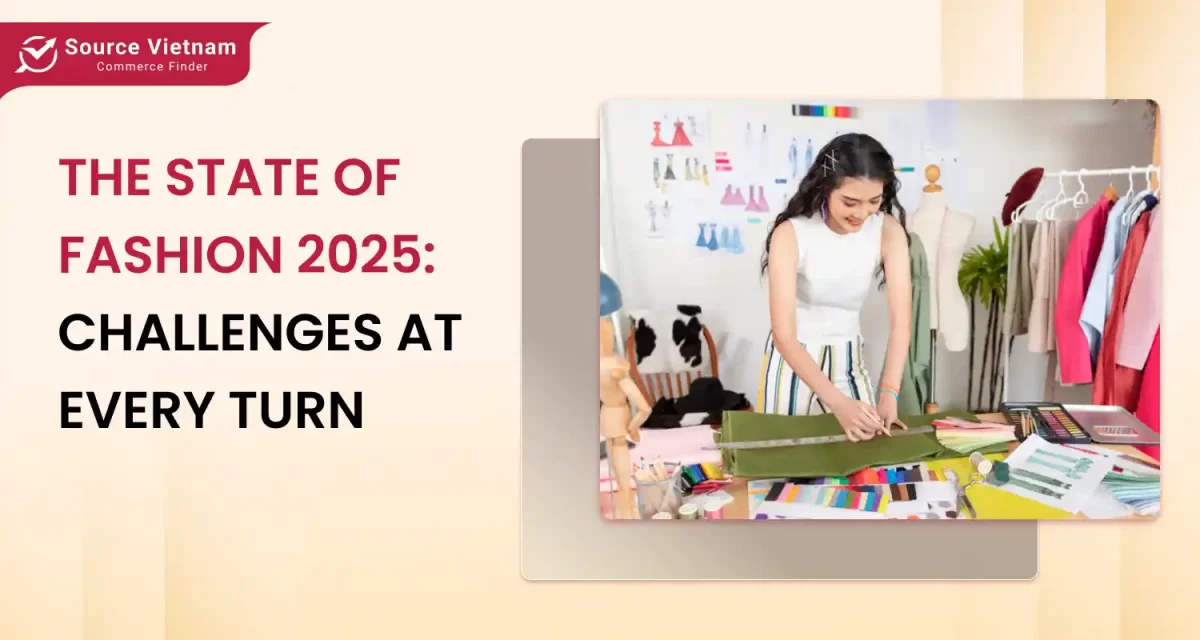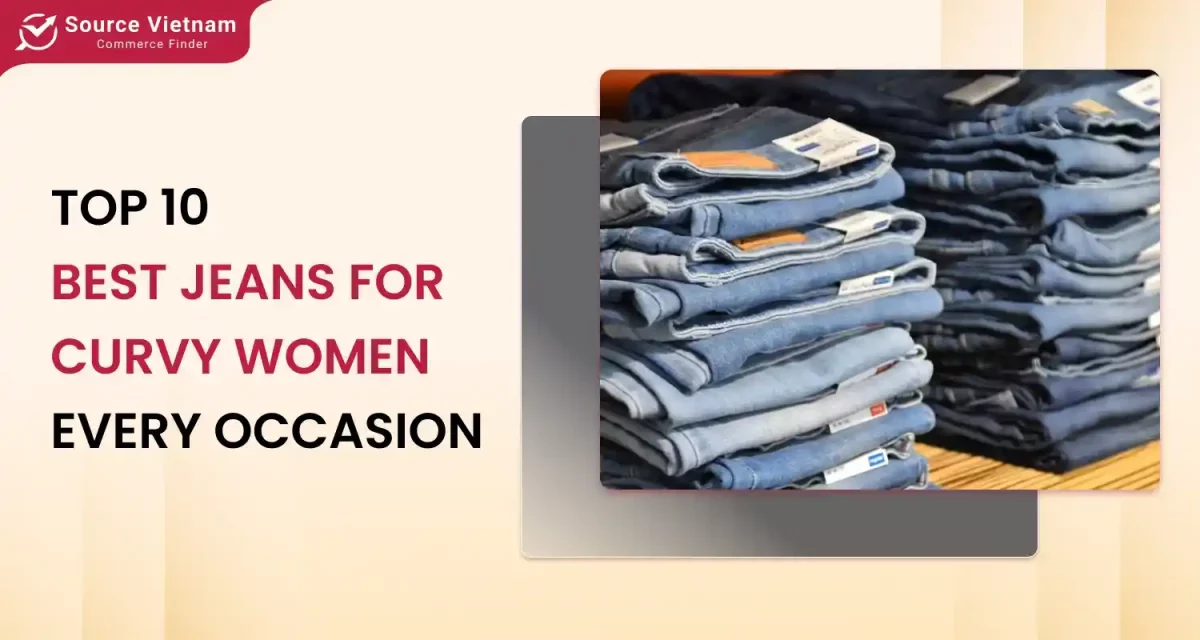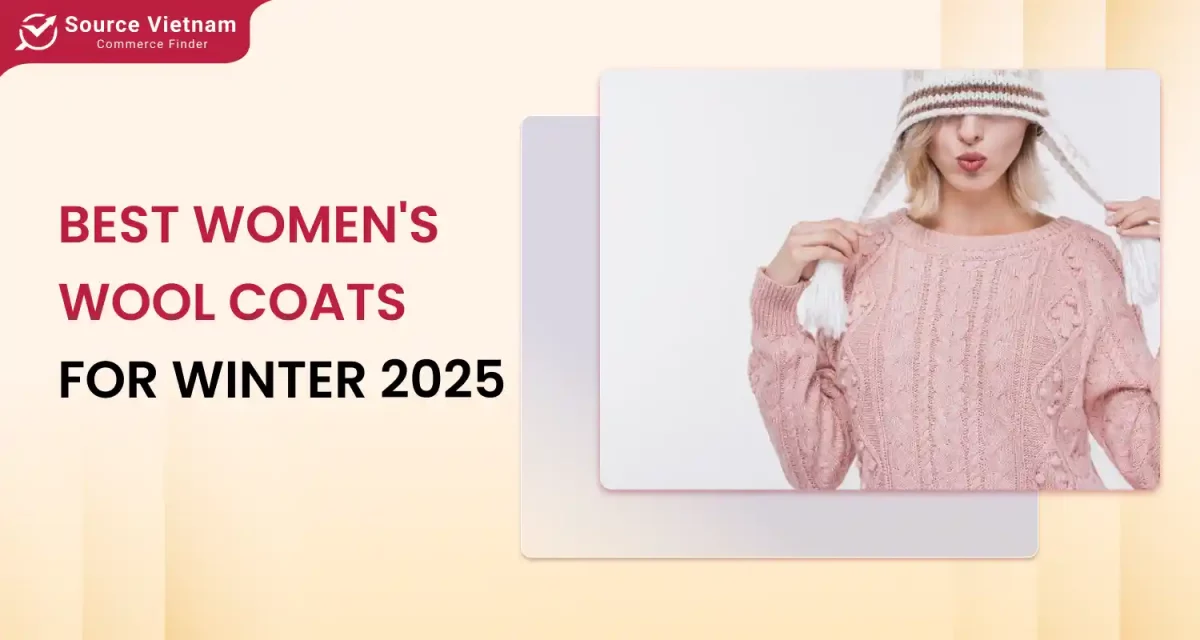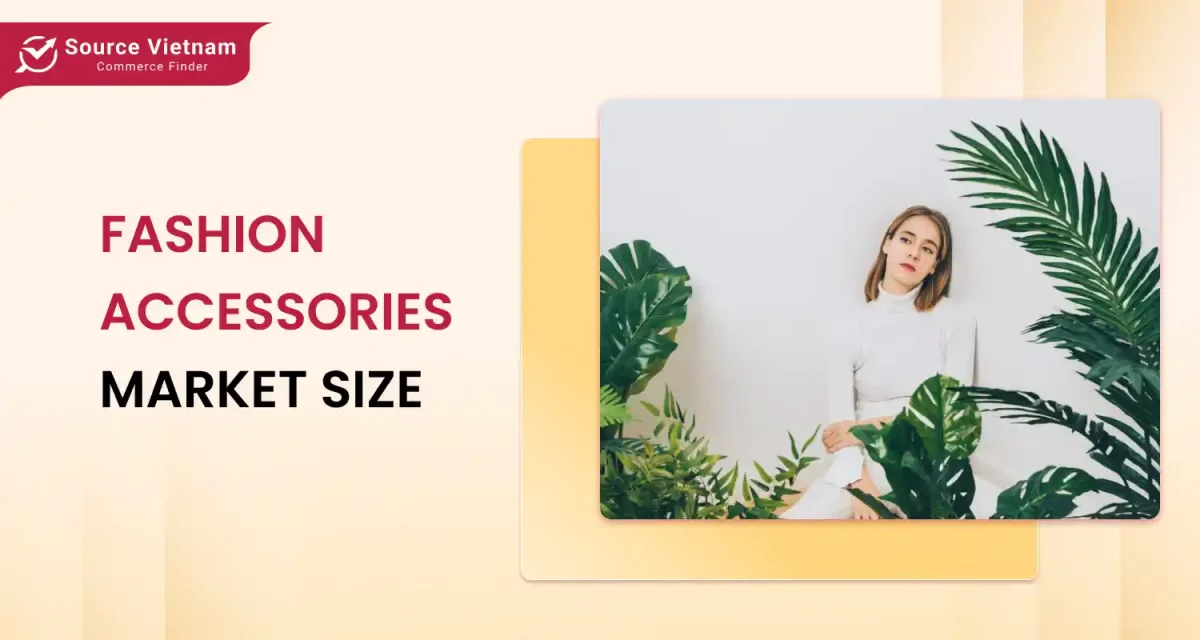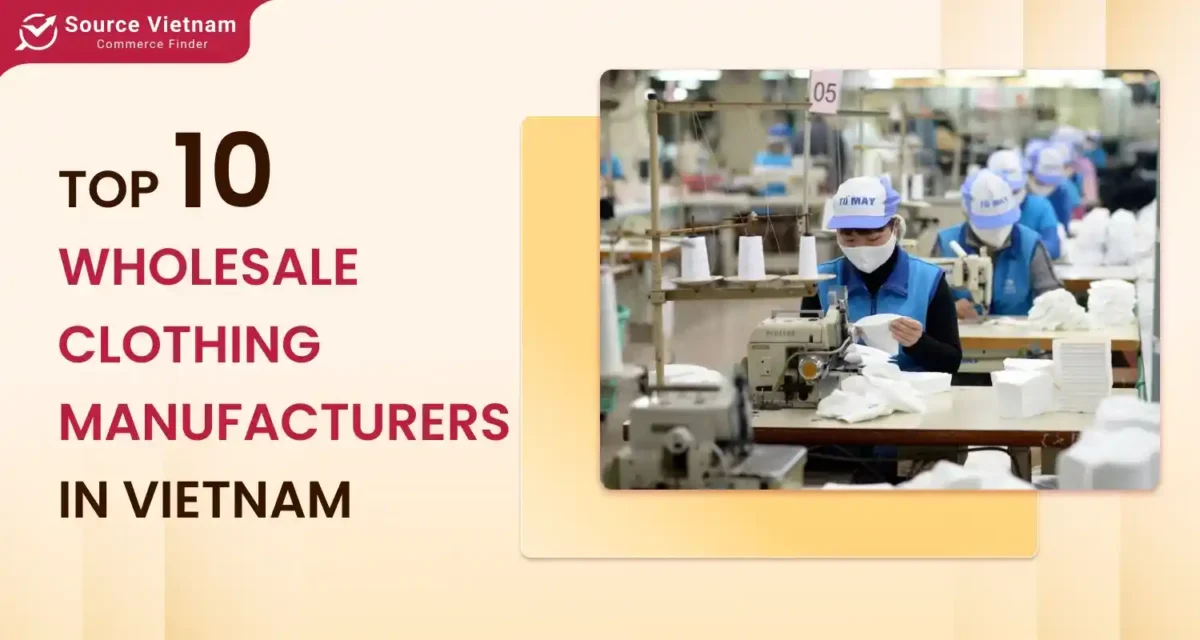Many types of cowboy hats exist, yet many people struggle to tell them apart. In today’s article, we’ll clear up the confusion by exploring the unique characteristics of each type and its associated terminology. Dive in and discover the fascinating world of cowboy hats!
Overview of different types of Cowboy Hats
The cowboy hat transcends its role as an accessory, becoming a symbol and representative of popular culture. The market for these iconic hats is segmented by several factors, including different styles of cowboy hat shapes (material), sales channels (online vs. offline), and geographic regions.
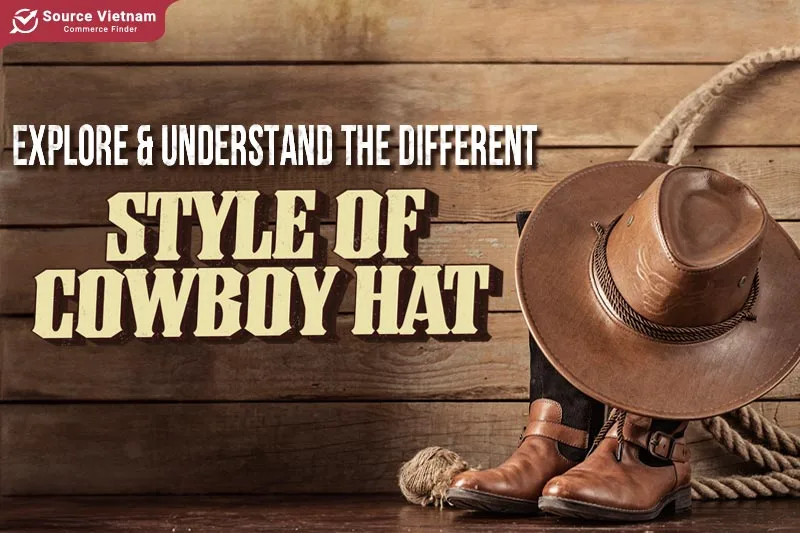
According to the recently released “Western Wear Market” study by Allied Market Research, the market for western wear (including cowboy hats) was predicted to be worth $74,497.50 million in 2020 and is projected to increase at a compound annual growth rate (CAGR) of 5.37% from 2022 to 2031, or $136,881.41 million.
The global cowboy hat market is expected to grow significantly from 2023 to 2029, driven by increasing fashion consciousness and a rise in Western-themed events. The market is projected to expand at a compound annual growth rate (CAGR) of around 5.4%, with substantial contributions from online and offline sales channels.
This growth is driven by a rising global interest in Western culture and fashion, broadly encompassing different styles of cowboy hat shapes. However, the market faces challenges, including product innovation, sustainable development, and expansion. Overall, the cowboy hat market presents a landscape brimming with potential but also rife with obstacles.
What are the different types of cowboy hats?
Cowboy hats, steeped in history and legend, are more than accessories. Their rich past has led to a remarkable variety in their designs. Let’s explore some traditional and famous examples.
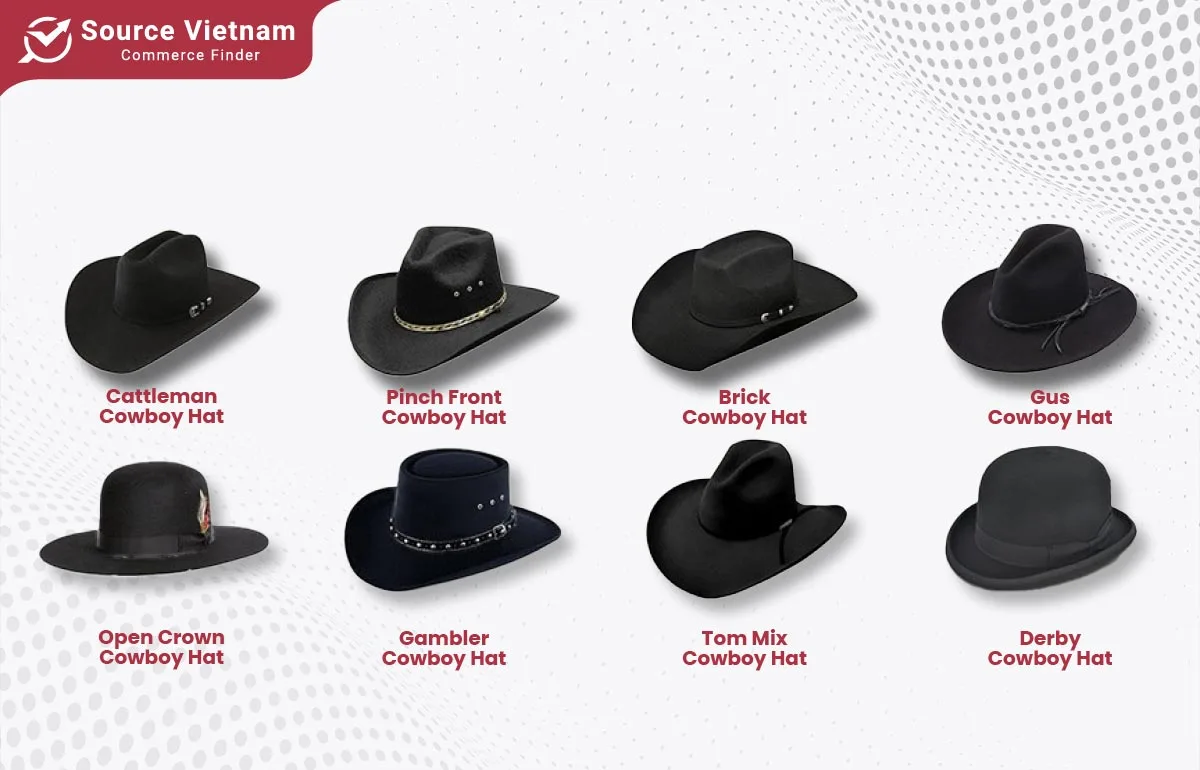
Cattleman’s Crease
First, we explore all types of cowboy hats is; the most popular Cattleman’s Crease. This traditional and classic design features a central crease inspired by a cowboy’s crease, which serves to secure the hat during rides. Cowboys often wear the Cattleman’s Crease deeper on the head for a snugger fit.
Featuring a central crease and two side dents, this hat boasts a wide brim that shields the wearer’s face and eyes from the harsh sun – an essential feature for cowboys working long hours outdoors.
The hat’s structure, designed for horseback riding, helps prevent it from flying off during a gallop. This iconic style is a frequent fixture in mass media, solidifying its place as a famous cowboy hat.
Gus Cowboy Hat
The Gus hat is a variation of the Cattleman, distinguished by its pointed folds that tilt forward, often referred to as teardrop or pointed creases. Unlike the Cattleman’s flat crown, the Gus boasts a unique silhouette. A wide, thin brim characterizes the Gus hat, with a signature upward curl on both sides. Felt is the typical material used for Gus hats.
While the name “Gus” might seem arbitrary, it holds historical significance. This hat was originally designed for the character Gus (played by Robert Duvall) in the short film “Lonesome Dove.” After the movie’s success, the hat became a symbol, and Gus became synonymous with this distinctive style.
Montana Mix Crease
Another variation of the Cattleman, the Montana Mix Crease, might appear similar at first glance. However, a closer look reveals distinct features. The Montana Mix boasts a deeper and wider center crease than the Cattleman’s subtler indentation. In contrast, the side creases are shallower on the Montana Mix.
This design tweak elevates the types of crowns on cowboy hats, making them more versatile and easily paired with various clothing styles. The Montana Mix Crease has recently grown in popularity due to its unique blend of classic form and modern flair.
Pinch Front Crease
This classic hat offers a distinct look compared to traditional styles. While retaining the tall crown and wide brim, the Pinch Front Crease deviates with a unique concave indentation on the front sides, aptly named for its “pinched” appearance. Despite the seemingly ordinary materials like straw or felt, these hats exude timeless elegance, rivaling the sturdiness and durability of leather.
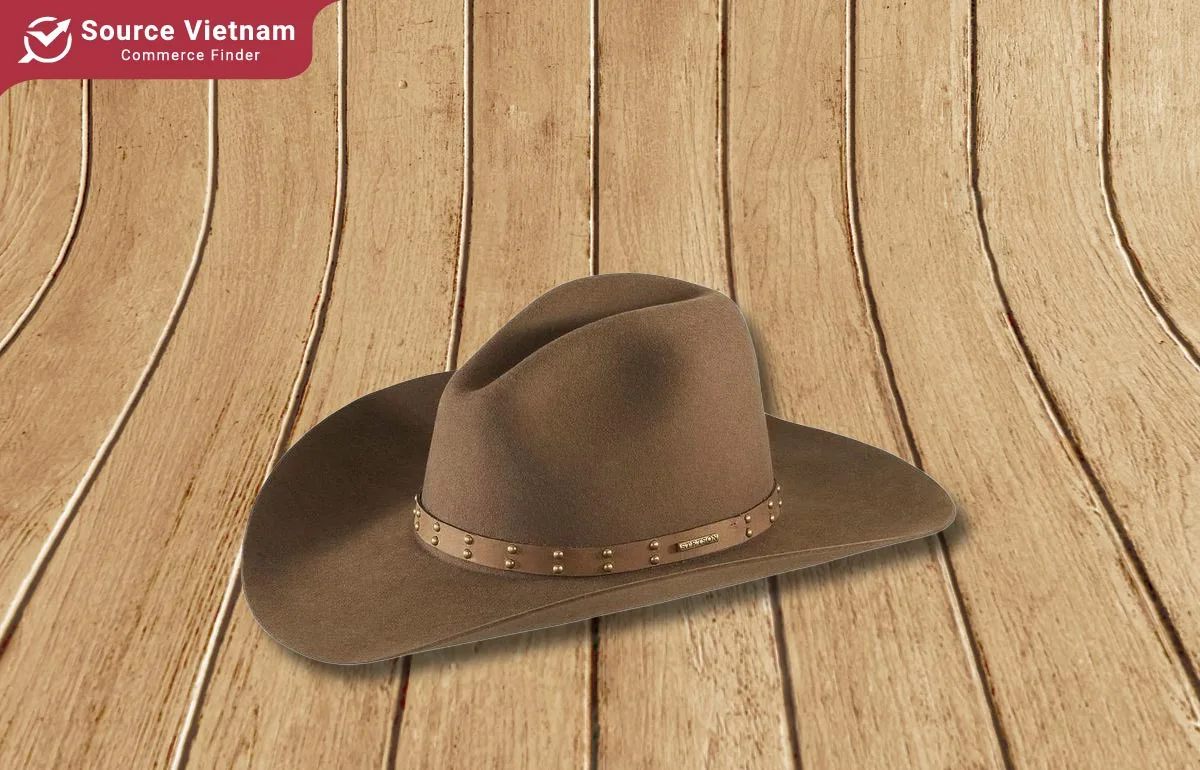
This versatility extends to wearers as well. Both men and women can rock the Pinch Front Crease, and just like how clothing can flatter your figure, this hat’s design helps elongate and slim the face.
Boss of the Plains Cowboy Hat
Steeped in history, the Boss of the Plains cowboy hat is the brainchild of John B. Stetson, the founder of the legendary Stetson hat company. Designed with functionality in mind, this type of cowboy hat served as a shield against the harsh sun and wind of the American plains.
The Boss of the Plains is easily recognizable by its signature wide brim, offering exceptional sun protection. Additionally, its sturdy construction provides a barrier against rain, making it a practical choice for cowboys working long hours outdoors.
Brick Crease
At first glance, the Brick Crease might be mistaken for its close cousin, the Cattleman. Both share a wide brim, traditional materials like straw or felt, and a central crease. However, a closer look reveals distinct features that set the Brick Crease apart.
The Brick Crease boasts a defining characteristic – a sharp line running along the crown, adding stability and structure. Unlike the Cattleman’s prominent side creases, the Brick Crease may have none or much shallower ones.
The most striking aspect of style types of cowboy hats is their unique silhouette. Despite its cowboy hat heritage, the Brick Crease features a square structure, creating a distinctively vertical profile. This innovative design makes it a perfect choice for those who appreciate the classic cowboy style with a touch of individuality.
Gambler Crease
Characterized by a wider brim and lower crown compared to other types of cowboy hats, the Gambler hat prioritizes sun protection for the wearer. Unlike its counterparts, the Gambler hat typically lacks creases altogether. However, some variations might have a single fold encircling the crown, adding a distinctive touch.
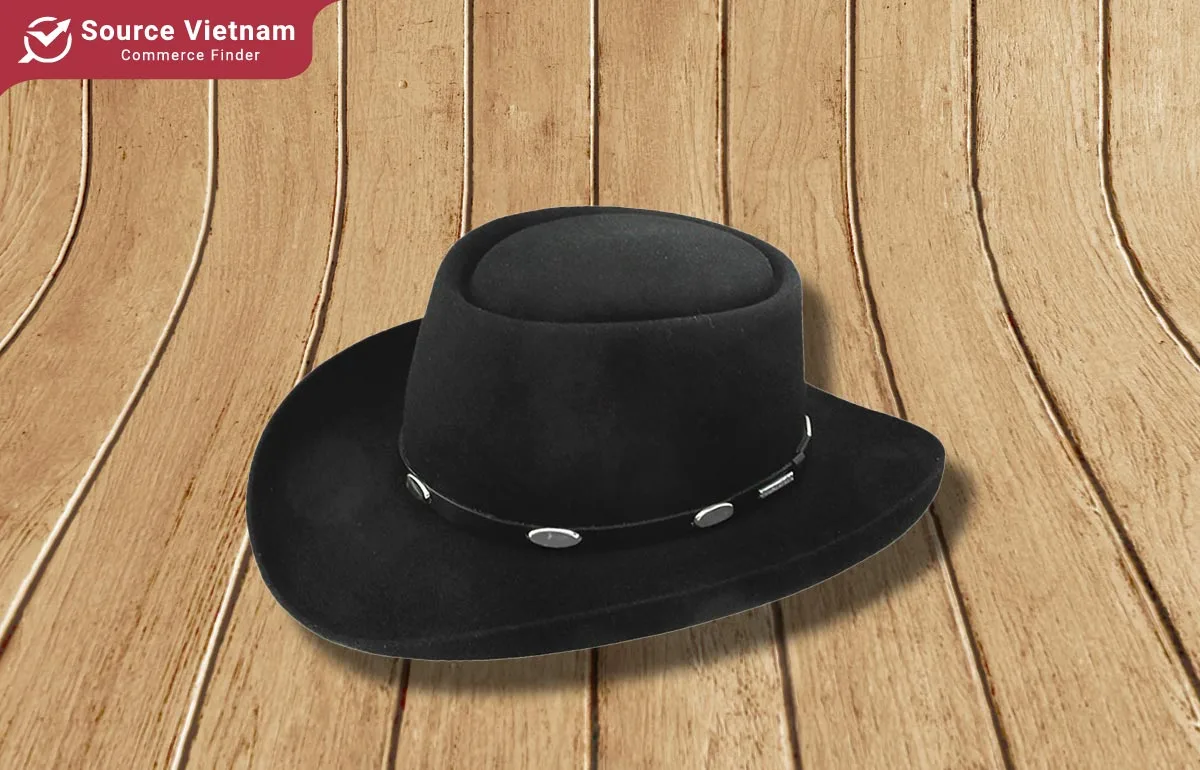
The Gambler hat’s origins are shrouded in a bit of mystery. Some believe its wide brim gave gamblers an edge at card games, concealing facial expressions that might reveal tells. Others attribute the name to Mexican cowboys who favored the style.
Regardless of its origin story, the Gambler hat has transcended its past. Today, it comes in various materials and colors, catering to both men and women. If sun protection is a priority, the Gambler hat remains functional and stylish.
Tom Mix Cowboy Hat
If you delve into the world of cowboy hats, you’ll inevitably encounter the name “ten-gallon.” Despite the implication, this moniker doesn’t refer to a hat’s water capacity. The true origin is likely linked to the Tom Mix hat.
The Tom Mix hat boasts a distinctive silhouette – an exceptionally tall crown and an impressively wide brim. Unlike some styles with defined crown heights, the Tom Mix comes in various sizes. The brim size also varies, ranging from expansive to more compact options. Traditionally, these hats were crafted from milk-colored felt and adorned with a ribbon. Additionally, some brim variations incorporate curved gold accents on either side, while others maintain a flat profile.
This style originated with the legendary Stetson company sometime between the 1910s and 1920s. However, it wasn’t until actor Tom Mix donned the hat in his movies that it became widely recognized. This association cemented the “Tom Mix” nickname and likely contributed to the misconception of the “ten-gallon” term.
Open Crown Crease
This cowboy hat breaks the mold with its distinct lack of creases or folds on the crown. The rounded top, reminiscent of a sombrero, is typically crafted from felt. The brim size offers versatility, catering to sun protection (large brim) and a clean, sophisticated look (smaller brim).
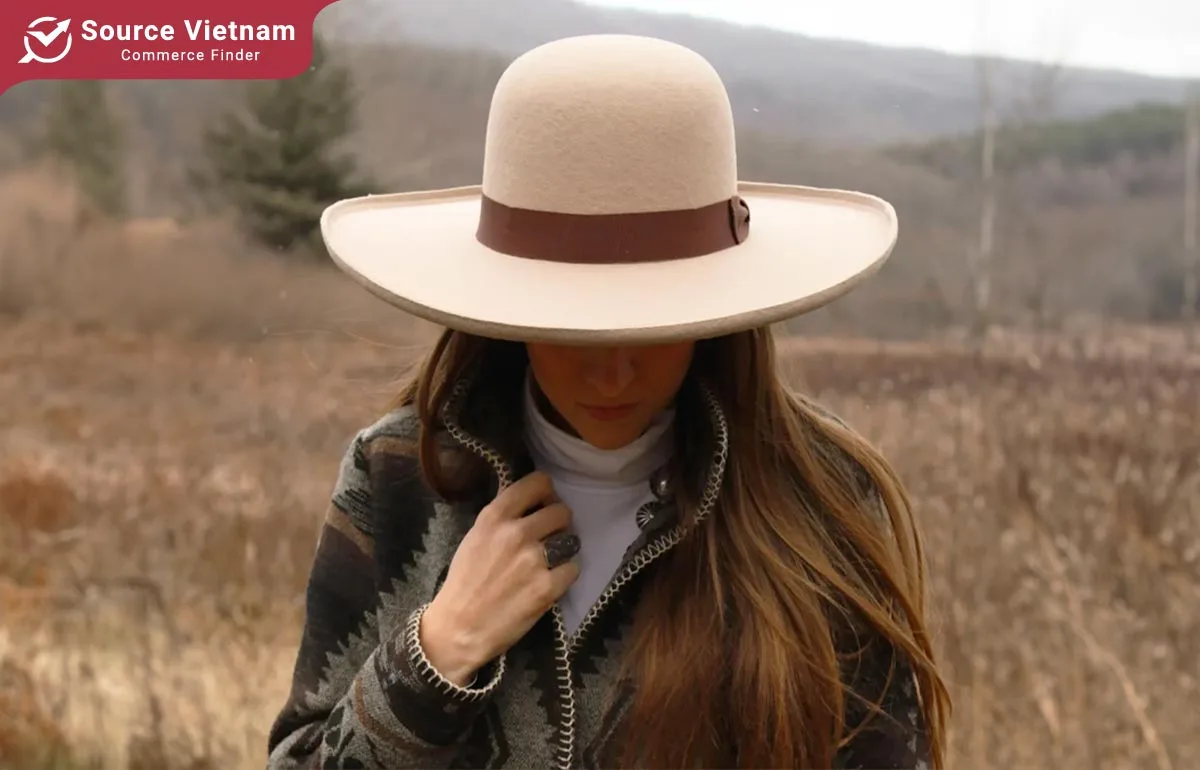
While its exact origin remains unclear, this style gained popularity among Texas cowboys. Traditionally, they would add their own personal touch by tipping the brim upwards or incorporating Cattleman-inspired folds or slanted lines on the sides. This customizable feature – the ability to create unique creases – is what truly sets this hat apart.
Derby Cowboy Hat
The Derby hat, also known as the Stetson Open Crown, is a timeless design characterized by a wide brim and a low, flat crown. This elegant style takes its name from the famed Kentucky Derby horse race, where it was a staple for gentlemen for decades.
The Derby’s brim boasts a moderate width, typically 2 to 4 inches, while the crown maintains a low 2 to 3 inches profile. This combination creates a look of effortless sophistication. While the Derby might be initially confused with the Open Road hat, a closer look reveals key differences.
The Derby is generally more compact and simpler, exuding a refined air. In contrast, the Open Road hat offers more customization with its brim size.
Term of Cowboy Hat
For a clearer understanding of this hat, let’s revisit the terms mentioned above to visualize each part.

According to structure
A cowboy hat is more than just a head covering – it’s a carefully crafted piece of headwear with distinct parts contributing to its functionality and style. Let’s break down some key elements:
- Crown: The crown sits highest on the hat and comes in various shapes, such as round, pinched, or cattleman.
- Crease: These are folds deliberately pressed into the crown for style and to add structure. Common crease styles include teardrop, cattleman, and fedora creases.
- Dent: A dent is a recessed area in the crown, often added for a touch of personality or to enhance the hat’s texture. Dents can be created by hand or with specialized tools.
- Brim: The wide brim encircling the cowboy hat is more than just a stylish element; it plays a crucial role in functionality. Brim sizes and shapes vary depending on the hat style, offering sun protection and framing the face.
- Front dip: Some types of cowboy hats feature a front dip, where the brim dips lower in the front than the back. This design adds a touch of individuality and can be seen in styles like the gambler hat.
- Buckle Set: Typically made of silver, brass, or gold, it is a popular cowboy hat adornment. It includes a decorative buckle, two coordinating conchos, and a simpler tip. The buckle secures the hatband, while the conchos attach to the strap or brim.
- Roll: This refers to the upward curl of the brim on certain styles of cowboy hats, such as the Tom Mix and Cattleman.
- Hatband: This is a ribbon or strip of material, typically leather, but sometimes fabric, felt, or ribbon encircles the hat’s crown. It can be decorative or serve a functional purpose by helping the hat retain its shape.
- Hat string: This is a functional element. It’s a string or cord tied under the chin to secure the hat in windy conditions or during strenuous activity.
About material
- Felt: The reigning champion felt is the most common material for cowboy hats. Felt hats are typically crafted from wool or rabbit fur and offer a balance of lightness, breathability, and easy styling.
- Straw: A perfect choice for warmer weather, straw is lightweight and breathable. It’s a popular option for summer hats because it keeps your head cool.
- Leather: Exuding an aura of luxury and durability, leather is often used for high-end cowboy hats. It offers a sophisticated look and can withstand wear and tear well.
- Fur: While not typically the main material for cowboy hats, fur can be used for luxurious accents or trims. It adds a touch of warmth and sophistication to the hat.
The cowboy hat’s value lies in its complex construction. Unlike a bucket hat or beanie, which can be made at home, crafting a cowboy hat requires high skill. This exclusivity contributes to its special appeal.
Conclusion
This exploration has delved into the fascinating world of types of cowboy hats, highlighting the unique characteristics of various styles. Remember, each hat offers a distinct look and feel, allowing you to express your preference.
SourceVietNam.com, a leading supplier of bucket hats, offers a vast selection of hat types to suit any taste and budget.
FAQ
What are the main types of cowboy hats?
The main types include the Cattleman, Gambler, Pinch Front, Gus, and Brick styles, each with unique shapes and designs.
How do I choose the right cowboy hat for my face shape?
For a long face, wider and lower crowns work well, while shorter brims and high crowns flatter round faces.
What materials are cowboy hats made from?
Cowboy hats are typically made from felt, straw, and leather, each offering different durability and style.
What’s the difference between a Cattleman and a Pinch Front hat?
A Cattleman has a taller crown with three creases, while a Pinch Front has a more tapered shape with a front pinch.
How do I care for my cowboy hat?
Keep your hat clean by brushing off dirt, storing it in a cool, dry place, and using hat protectors if it’s felt or leather.

